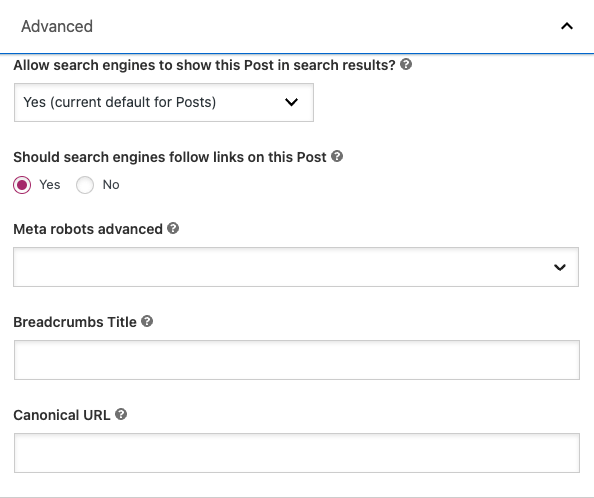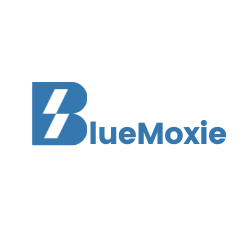What are canonical tags How to avoid duplicate content
Did you know that you can have multiple URLs and a single website?
A canonical URL is essentially a simple tag that allows Google to understand these websites are one the same. This guide will help you avoid accidentally duplicating your content – a death sentence for your SEO.
Canonical Tags Usage
It pays to be aware of the major issues surrounding canonical URLs. If you’re not familiar with what a canonical URL is or why they are important, let me bring you up to speed…
What is canonical tags used for?
The word canonical refers to being official or legitimate. In terms of your webpages , that means giving HTML snippets called ‘canonical tags’ to search engines signalling its exact location.
Simply, canonical tags are an HTML tag that prevents Google from identifying your website as multiple entities. Additionally, introducing this tag will simply teach google the source URL of your website – or, in simpler terms, the preferred version of your web page.
Despite sounding so simple, Rel=canonical is a gift to SEO specialists. It enables you to direct traffic under a single entity, rather than multiple pages that will conflict with each other.
This is what a Rel tag looks like:
<link rel=”canonical” href=”https:/simpleadvertising.co.uk” />
Canonicalisation: A brief guide
Don’t let this impossible-to-pronounce word scare you off! Conciliation is simply the process of selecting your dominant URL – which is where your users will land.
Picking a main URL can be an obvious choice, but it is something you need to do fast: Every non-canonicalised URL will hurt your SEO and, therefore, traffic.
If you don’t canonicalise those two pages, the search engine won’t know which one of those is correct – so you’ll get less organic rankings than if they were both pointing to the right ‘alternate’ version (the same as https vs http).
10 Mins Task 10 minutes
This is how you should pick a dominant URL for your canonical tag and how to implement it
- Pick the single URL you consider most important
Chose the most important to page to be the canonical page. Ideally the one you get the most conversions from.

- In the code or in Yoast add the canonical tag
Two ways of adding the code. if you have a html or non WordPress website you can add the following code in the header. <link rel=”canonical” href=”https://simpleadvertising.co.uk/” />
If you have a WordPress website you can install the Yoast plugin and under advance settings direct Yoast to the most important page.
This will help you merge two potentially conflicting pages. And yes, it’s that easy. No need to do anything else.
Why You Should Use Them
When you should be using rel=canonical is a whole different subject. Still, homepages aren’t the only victims of multiple URLs: Many of your products on e-commerce may have multiple landing results. Chances are, you probably never noticed it.
So what happens when I submit to the search engines and show up on two URLs with two different sets of product images? (Don’t worry, it only appears like this to you visitors).
That’s where duplicate content comes in. And now for some bad news…
How does Google treat your site if they discover multiple versions of the same content-even if one of those versions resides on another domain?
The simple answer is that, by default , Google will index them both. It may seem innocuous enough at first, but there are a lot of reasons why duplicates are BAD NEWS! Not just bad news for Google either-bad news for your business. This duplication will confuse visitors of your site which could affect potential transactions.
For this reason, the same applies to all of the pages on your site : if Google finds two pages with the same content, they’ll index them both.
Tips For Avoiding Duplicate Content
Avoid embedding videos or images from other sites.
Don’t create articles with the same title as an article already published.
Try not to publish articles with the same keyword targets over and over again without adding new information each time.
Don’t reuse product descriptions from your ecommerce site either. Use ‘ bulk edit’ to remove old product descriptions without losing SEO value.
Every article should provide new information – even if it follows on from another – and make sense on its own.
Conclusion
There are many canonical tags guides out there, but none really get to the point. I hope this guide helped you understand more about SEO in a concise and timely manner. If you want to learn more about SEO, why not contact us for a free consultation?
We also offer SEO services, the most effective way to achieve the traffic your website deserves. This is the link you were looking for.
